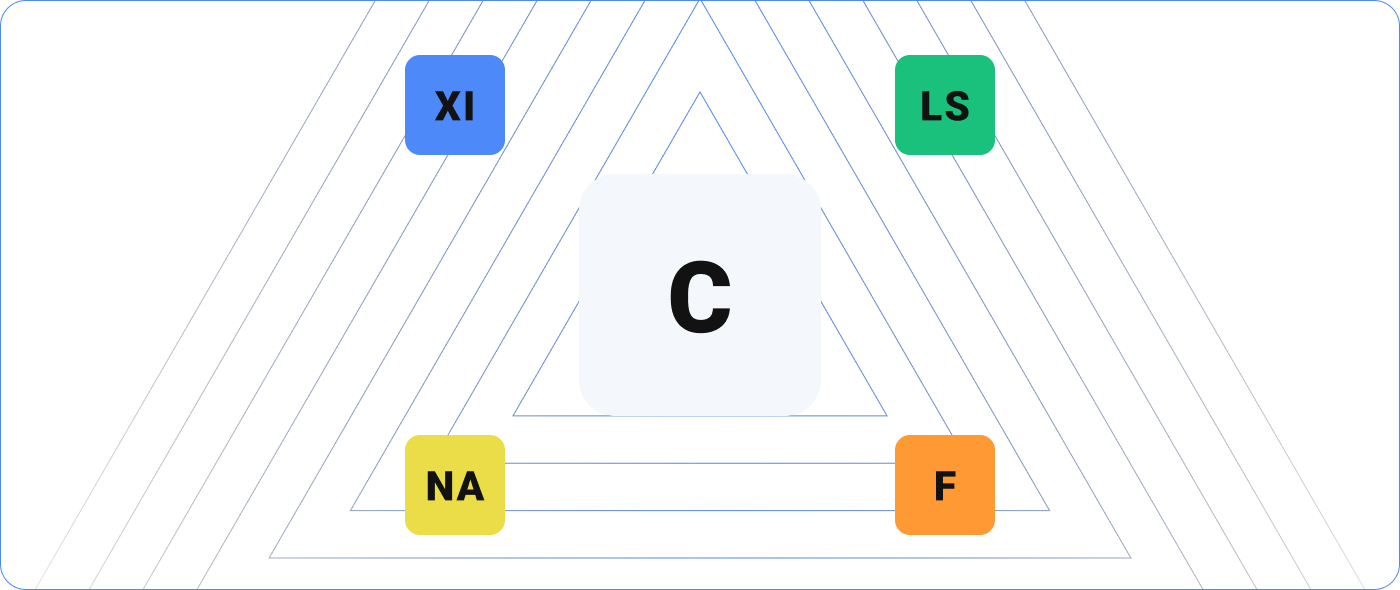A proper Security Information and Event Management (SIEM) system works efficiently over your entire network to gather information and assess events. Most critically, SIEM allows end users to respond to potential threats in real-time.
A SIEM system should exist for any company that takes security and cybersecurity seriously. The systems allow end users to detect if malicious users might be lurking, creating hazards, leaving bugs behind, or stealing information. Powerful solutions send alerts in these cases. Some might be able to correct the issue without any human intervention.
A Powerful Trio of Nagios Solutions
Within a SIEM system, you’re counting on software products and solutions to combine security information management and security event management. Compatibility and flexibility are key in these types of systems because you may be asking many components to work together and communicate with each other. That’s why we’ve built Nagios XI, Nagios Log Server, and Nagios Network Analyzer to work together.
Gathering information is a critical part of any SIEM plan, and these powerful tools are equipped to bring you the information you need to discover correlations, inspect potential threats, and look into the right alerts. Because they are not subject to the same brand-specific restrictions as other solutions, these open-source tools give you a lot of flexibility. You can use all three Nagios solutions as separate components to build out and boost your own SIEM system, creating a customized system that serves as an investment. The best solution for you will save time and money and prevent disasters from occurring.
Let’s take a look at the specific offerings of each.
Nagios XI: Multi-stack graphs from Nagios XI allow you to overlay multiple services or hosts on a similar timeline or merge them into a single visual, allowing you to make event correlation and anomaly detection decisions faster. Nagios XI also provides visualization and dashboarding methods that give different users permissions to specific items. And it comes with the alerting potential that Nagios XI has become known for and relied upon.
Nagios Network Analyzer: As the name suggests, the main function of Nagios Network Analyzer is to gather network flow data. You’ll be able to gather information from all the devices in your environment, including NetFlow, sFlow, jFlow, cFlow, and IPFIX. With this tool, you can identify abnormalities within your environment and see network flow data as it moves to and from the devices in your network. Users can also identify port-to-port or IP-to-IP traffic and see the top talkers in their network.
Nagios Log Server: Data aggregation is such a fundamental step in the SIEM process, and that’s where Nagios Log Server really shines. With this tool, you can collect data from absolutely any source that provides text logs, whether that be the workstation in front of you or a server hundreds of miles away.
Nagios Log Server is also a top solution when it comes to long-term storage. This can be very useful when it comes to security compliance scenarios. Users can offload their data to cold or long-term storage and then call it back if it’s needed in the future.
For example, a hospital system that utilizes Nagios Log Server will be able to collect log data from every source in their environment and bring it to a central piece of software where it can be stored as long as necessary. This is extremely important in a hospital setting where storing data is central to legal compliance. From there, that data can be assessed for any correlations or telling information thanks to helpful visuals. With Nagios Log Server, the hospital system won’t be billed based on the amount of data they store, so they don’t need to choose between meeting their budget or logging all their important data.
Limited False Alarms
The most efficient SIEM systems allow for customization. Being able to avoid false alarms is just one customization that saves a lot of time. The most efficient SIEM systems will allow you to set different thresholds for alarms, meaning they will only go off when you really want them to. Not only does this benefit save time, but it also prevents alarm fatigue. When alarms go off, you’ll know that they need to be taken seriously and addressed immediately.
Peace of Mind
It’s easy to see how a SIEM system saves a lot of time and money, but it also boosts operators’ peace of mind, which shouldn’t be ignored. It’s important to create a working atmosphere that supports system administrators. Implementing a SIEM system is an excellent way to ensure end users are able to focus on the areas of their jobs that need it most without causing stress and burnout. With your cybersecurity addressed, everyone will be able to experience priceless peace of mind.


